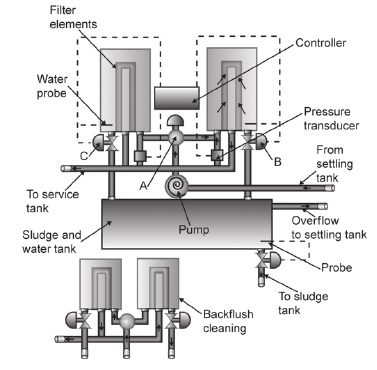
Lubricating Oil Filters for Marine Diesel Engine
The lubrication system of an engine provides a supply of lubricating oil
to the various moving parts in the engine. Its main function is to enable
the formation of a film of oil between the moving parts, which reduces
friction and wear. The lubricating oil is also used as a cleaner and in
some engines as a coolant.
Lubricating oil filters can be found both on the suction and discharge sides of the lubricating oil pump dependent on the installation and type of engine or engines. Their maintenance is absolutely critical to the life expectancy of the crankshaft and its bearings, which depends entirely on an uninterrupted supply of clean and correctly filtered oil.
Lubricating oil filters can be found both on the suction and discharge sides of the lubricating oil pump dependent on the installation and type of engine or engines. Their maintenance is absolutely critical to the life expectancy of the crankshaft and its bearings, which depends entirely on an uninterrupted supply of clean and correctly filtered oil.


